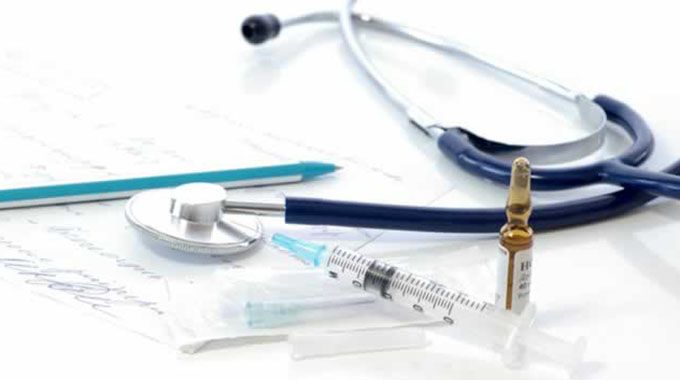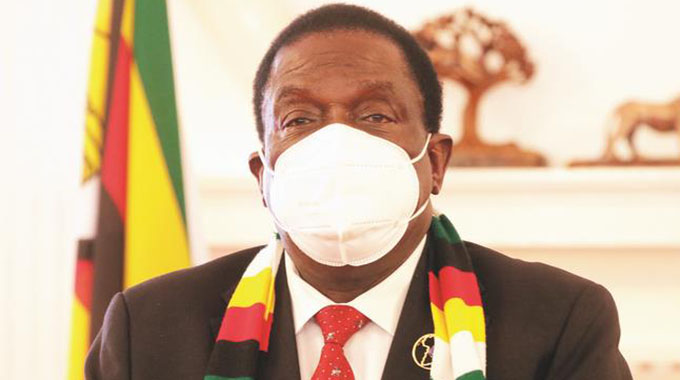Medical aid societies hike fees

Rumbidzayi Zinyuke
Senior Health Reporter
Zimbabweans seeking health care will have to fork out more for health insurance as medical aid societies have hiked contributions over the last few months for members paying in local currency.
Some of the schemes have increased contributions by more than 100 percent for both corporate and individuals.
Although some medical aid societies are yet to review member contributions, patients have had to fork out extra money to cover shortfalls.
A circular from Bon Vie medical aid scheme said contributions will be increased with effect from April 1, 2021.
“The cost of healthcare has continued to rise due to pressures from increasing medical inflation, added cost layers due to Covid-19 and exchange rate fluctuations.
“It is with this background that your medical aid scheme is instituting a marginal upward review of contribution for the Zim dollar packages,” reads the statement.
Bon Vie said the move was aimed at realigning their payouts and benefits with prevailing healthcare costs and demands, but also keeping in mind the affordability aspect.
For members contributing under corporate packages, the cheapest plan is now pegged at $413 from $200 for both adults and children. The Mukwa lite plan is now pegged at $2 339 for adults and $1 415 for children from $1 113 and $673 respectively.
First Mutual Health also increased member contributions in February this year citing the alignment of service fees with the prevailing auction rate.
“In response to this development, the fund has adopted the AFHOZ scientific tariffs that are indexed against the auction rate. Our Standard Plan prices are below sustainable levels and the review is necessary to maintain the value of benefits and reduce the incidents of shortfalls,” the scheme said in a statement early this year.
First Mutual Health said after the review of contributions and benefits, it was still in a transitory phase of aligning the contributions and benefits to the claims pattern of its membership.
This indicates that contributions are likely to increase again this year.
“We are cognisant of the financial impact of the Covid-19 pandemic on business operations and individual livelihoods.
“The rates have been structured in a manner which seeks to strike a balance between affordability to our members and ensuring the scheme continues to offer meaningful benefits in line with prevailing market conditions,” said First Mutual.
The scheme nearly doubled the cost for its packages with adult corporate packages like Ruby plan shooting to $4 350 from $3 038 and $2 250 for children from $1 414.
The Association of Healthcare Funders of Zimbabwe (AHFoZ) chief executive Ms Shylet Sanyanga said medical aid societies had not effected the applicable reviews to contributions when the country migrated from using the United States dollar hence the continued upward reviews.
“When the country migrated from the use of the US dollar to the Zimbabwe dollar, medical aid societies did not convert the USD contributions that were applicable at the time in line with the exchange rate.
“This would have resulted in sudden steep increases in member contributions. On the other hand, many healthcare service providers maintained their US dollar fees and they have been applying the parallel exchange rate for conversion,” she said.
She said this mismatch in conversion rates had resulted in the shortfalls that patients were being asked to pay at the point of care.
“Medical aid societies are adjusting contributions to try and catch -up with healthcare service provider rates, in order to narrow or eliminate the shortfall gap. Most medical aid contribution rates are lower than they were during the US dollar era, whereas healthcare fees have been maintained at their previous US dollar levels,” Ms Sanyanga said.











Comments